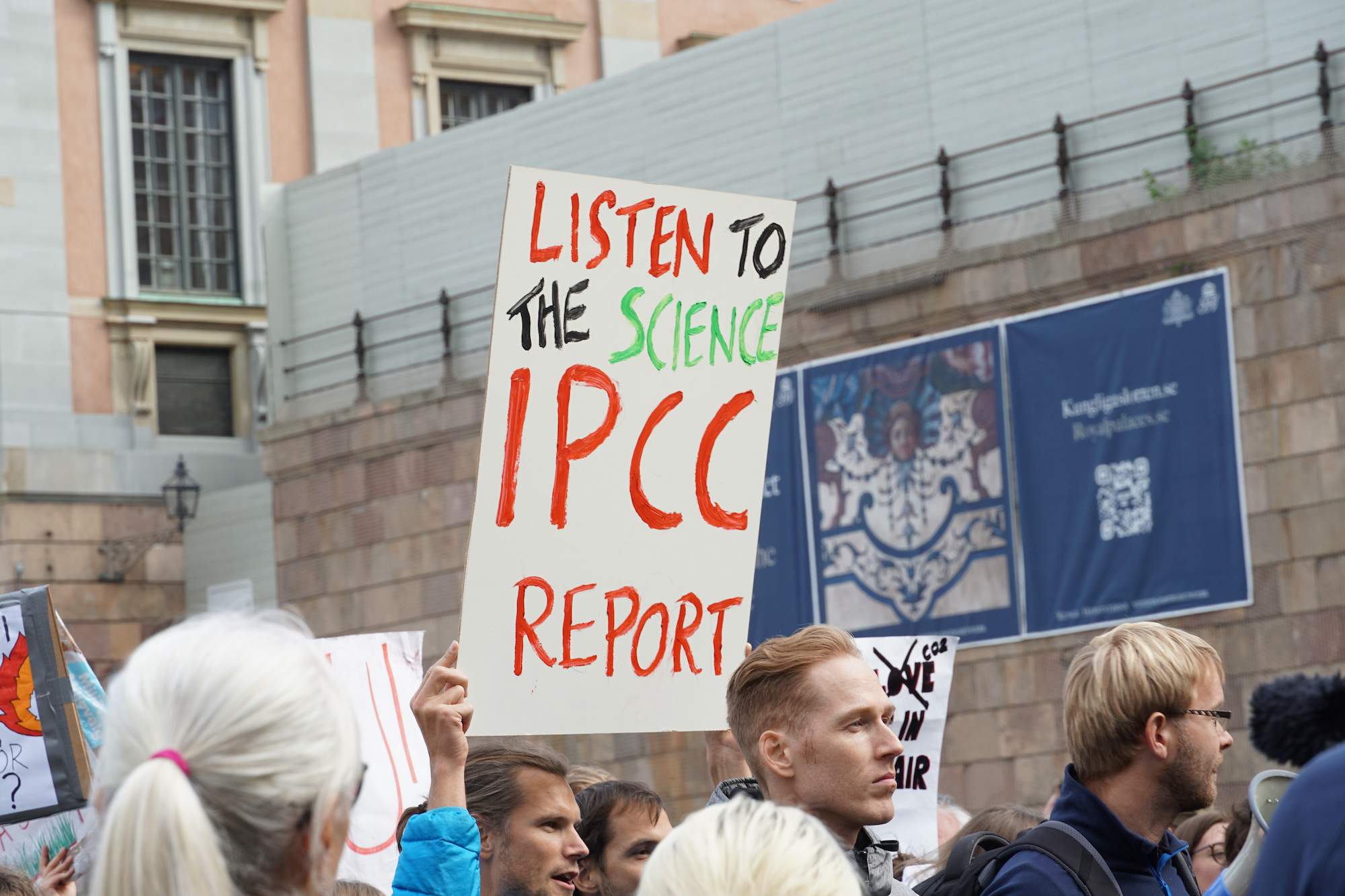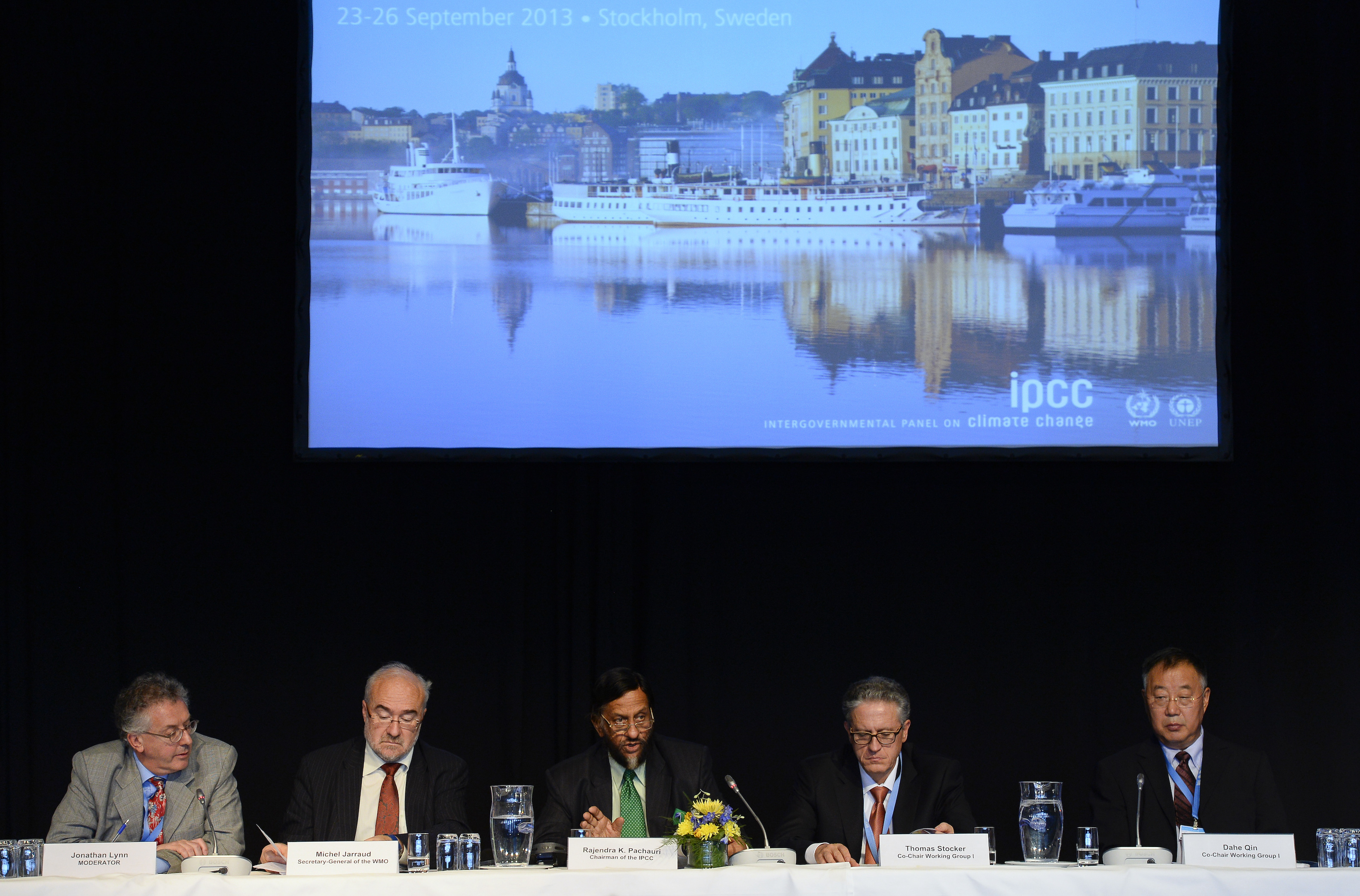
Five takeaways from the IPCC Working Group I report

The Intergovernmental Panel on Climate Change (IPCC) has released the scientific playbook for charting our climate future – but we must act immediately
Published 9 August 2021
The Intergovernmental Panel on Climate Change (IPCC) has released the Working Group I contribution and accompanying Summary for Policymakers for its Sixth Assessment Report.
This ‘golden book’ of climate science provides a playbook for policymakers and politicians to guide decisions about our climate future.

The main takeaway from the Working Group I report is a sombre one. Humankind still has the power to determine the course of our climate future, but to seize this opportunity we must act decisively, effectively and soon.
What is the ipcc working group i report and why is it significant?
The IPCC is the world’s premier climate science assessment body, producing authoritative updates on the status of climate science in its assessment reports since 1990.

Working Group I assesses the physical science basis of climate change, in other words, how the climate has changed, what possible climate futures we face and what emission reductions are necessary to ensure global warming is kept to safe levels.
Working Group I’s last update on the state of the climate was completed in 2013 and this assessment tracks the changes since.
The assessment process was painstaking, involving 234 authors from more than 60 countries, reviewing more than 14,000 scientific papers. In addition, the executive summary to the Working Group I report, known as the Summary for Policymakers, is approved line-by-line by both IPCC scientists and governments.
The release of the Working Group I report to the IPCC’s Sixth Assessment Report comes at a critical time. In November this year, world leaders will gather in Glasgow to agree on actions to reduce emissions at a Conference of the Parties (COP) meeting that has been dubbed the world’s “the last best chance” to “do the things we need to do to avoid the worst consequences of the climate crisis”.

The IPCC Working Group I report will provide leaders with “the most up-to-date information about climate change to inform their policies”.
So what are the world’s leading climate scientists, such as the University of Melbourne’s Associate Professor Malte Meinshausen, saying about climate change in this report?
1. climate change is happening now at an unprecedented scale
The Working Group I report reiterates the message from past assessments that human activities are unequivocally causing global warming. This is producing rapid changes in our climate system, from the global retreat of glaciers to warming of the oceans.

These changes are unprecedented in the last thousands, if not hundreds of thousands, of years.
For example, atmospheric concentrations of the main greenhouse pollutant, carbon dioxide, are higher than at any time in at least two million years and global surface temperatures have increased faster since 1970 than any other 50-year period over at least the last 2000 years.
Many of the changes that are underway – like sea-level rise that threatens small island states and coastal areas – are now irreversible in our lifetimes and the lifetimes of many generations to come.
2. climate change is affecting everyone, poor and rich countries alike
The Working Group I report in this assessment cycle has an unprecedented level of detail about how climate change is affecting different parts of the world.

The report stresses that climate change is already affecting every inhabited region across the globe through contributing to observed changes in weather and climate extremes.
An increase in hot extremes is common in many regions, including Australasia. The evidence clearly shows our region is also experiencing increasing drought because of climate change, with implications for water and food security, and the flow-on human health impacts.
Australia has an important role to play in our region, particularly in terms of supporting least-developed countries to prepare and respond to climate changes – from sea level rise to extreme weather events, like cyclones and floods.

Politics & Society
Five things we learned from the Biden Climate Summit
3. climate change and extreme weather events are linked
The climate future that our children and our children’s children face is inevitably going to be a warmer one. And with that warmer future there’s a greater likelihood of extreme weather events, from bushfires to droughts and heatwaves.
The Working Group I report reflects major knowledge advances in what’s known as the ‘science of attribution’, namely, our understanding of the role that climate change plays in intensifying specific weather and extreme events.
This body of knowledge is becoming important in areas far beyond the scientific realm. Businesses like insurance companies are sweating over the report’s findings on extreme events, which influence decisions about risk management and what premiums to charge future clients.

Attribution science is also important for courts, as they are increasingly asked to determine whether governments or coal companies are liable for harm from disasters like fires and floods where their actions increase greenhouse gas emissions and associated climate change.
4. crossing climate ‘tipping points’ can’t be ruled out
For the first time, the Working Group I report also assesses the evidence for the occurrence of so-called ‘tipping points’ where runaway warming produces drastic, irreversible changes in the climate system, such as the melting of the Antarctic ice sheets.

Sciences & Technology
Watch episode 1: Climate Conversations: Australia in 2029
The Summary for Policymakers finds that “[a]brupt responses and tipping points of the climate system, such as strongly increased Antarctic ice sheet melt and forest dieback, cannot be ruled out”.
It also finds that as global warming increases, the world is more likely to experience ‘compound extreme events’ – for example, concurrent droughts and heatwaves.
This is the scientific equivalent of a warning shot across the bow: if we don’t halt global warming we are rolling the dice on massive changes to the climate system that will radically alter our climate future in ways we can’t control.
5. a positive climate future is still possible, but we need to act immediately
So, is there any hope amongst the scientific doom and gloom? Will countries still be able to limit global warming to safe levels, which is what the international Paris Agreement calls for with its aim to keep temperature rises “well below” 2ºC above pre-industrial levels and to pursue warming increases of no more than 1.5ºC?
The Working Group I report suggests that it’s still possible to meet these goals – but the window for action is closing rapidly.
The report warns that the 1.5ºC and 2ºC temperature limits will be exceeded this century unless deep reductions in carbon dioxide and other greenhouse gases occur in the coming decades.
With decisive, large-scale action to limit emissions, the benefits of reducing greenhouse gases, like methane, would be seen quickly, with important flow-on effects through improvements in air quality and associated benefits for human health.
Stabilisation of global temperatures and lessening of the impacts of warmer temperatures on the climate system would likely take longer, 20-30 years to materialise.
The future climate is in our hands

Environment
The time is now for Indigenous design equity
With the release of the Working Group I report, the world has been given a timely ‘reality check’ on the state of the climate system.
As the Group’s Co-Chair Valérie Masson-Delmotte says, we understand “where we are headed, what can be done, and how we can prepare.”
Now, more than ever, charting a safe future course for the Earth’s climate lies in our hands.
Professor Kathryn Bowen is a lead author in the IPCC’s Working Group II (impacts and adaptation) for the Sixth Assessment Report and Professor Jacqueline Peel is a lead author in the IPCC’s Working Group III (mitigation policy).
These contributions to the IPCC’s Sixth Assessment Reports will be released, respectively, in February and June 2022.
For more information on Melbourne Climate Futures, visit: https://law.unimelb.edu.au/centres/mcf
Banner: Getty Images



